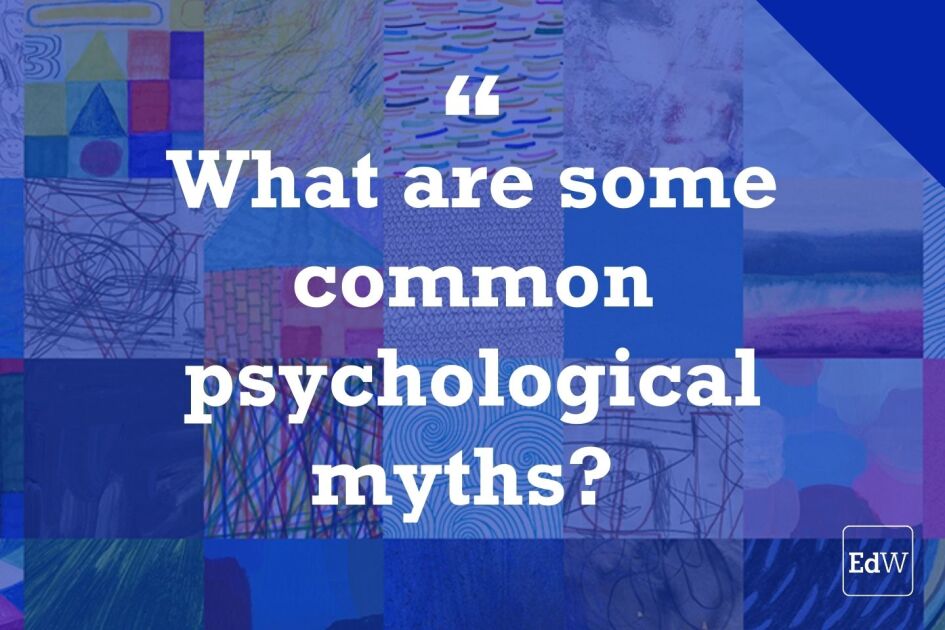
Disability is a label. We use it to classify children in schools. That classification system has been used to separate children and adults. Those who were learning, emotionally, or physically different were labeled and given special services. As we have become a more inclusive system, that classification system has helped us to obtain funds to offer the additional supports for children with learning differences, mental health issues, or physical challenges. By definition, classification informs educators and hints at funds to be accessed. Programs are developed, support services are offered. We have successfully included students who, in the past, were excluded. Expectations rose as inclusion developed. Those who used to be considered not capable were now both capable and graduating. All good things.
Now, along with the benefits, it is time to examine a lasting unintended consequence. In a recent conversation with a talented high school student she included in a statement the words "...disabled like me.” This is a talented, hard working student who is engaged in journey toward graduation. She does have difficulty with eye contact, reading the facial expressions of others, has only one friend, is very literal, and has an advanced vocabulary. Her talent is art and she is very good at it. Since school and learning is based upon social exchanges with many teachers and other students, communication alone is a challenge. Is what was intended received? We think of Temple Grandin, American professor of animal science at Colorado State University, consultant to the livestock industry on animal behavior, and autism spokesperson. She was the first autistic person that we know of who spoke about what it was like to be autistic. In relation to early intervention she believes,
Early diagnosis can lead to early intervention and access to special education programs, and, while crucial for children with speech delay, also means a permanent label that ultimately could impede progress, and the healthy development of a child’s identity.
And of labeling she believes,
“One of the problems today is for a kid to get any special services in school, they have to have a label. The problem with autism is you’ve got a spectrum that ranges from Einstein to someone with no language and intellectual disability,” said Grandin. “Steve Jobs was probably mildly on the autistic spectrum. Basically, you’ve probably known people who were geeky and socially awkward but very smart. When does geeks and nerds became autism? That’s a gray area. Half the people in Silicon Valley probably have autism.”
We agree. She teaches an important lesson for all of us especially in these days of disagreement and polarization of positions. When she saw the horrible way cows were slaughtered, she did not become a vegetarian or advocate for the end of meat eating. She accepted that it would never happen that humans would give up their beef and that cows would always be slaughtered. She worked to make the process one that was less stressful for the cattle so they would not be crazed by the time they met their death. She advocated for and invented a more humane slaughter. She also knew to convince farmers, getting them to care for the well being of the cattle on the way to their death would only work for some. So she used another fact she noted to convince the rest. Because the cows became crazed because of the way they were being brought to slaughter, many cows were harmed or have to be put down before slaughter and therefore could not be used for food. That cost the farmer money. She knew what she saw. She understood the limits. She invented a realistic solution. She advocated and communicated. She is a professor. She speaks publically. She has written books about her methods and about autism. To the average audience, she is awkward. She is on the spectrum.
We wonder how many Temple Grandin’s are sitting in classrooms right now, struggling with algebra, or social interactions, misunderstanding what a teacher means. We wonder how those children are waiting to be seen as whole young people and not as labeled with an anchor that prevents their ability to soar. So what can we do?
In the End
No matter the label we have to give students in order to help them with the supports they need in order to succeed on a level with their peers, we have another responsibility. As with all things, leadership matters. The labels drive how people relate to students, how they are treated, how they are scheduled, where they are scheduled, where they are included and where they are not. The culture in which these children survive is in our control. How each adult who comes in contact with all children has a message for each of them. A dedication to informing each child of their special talent and of how they can and will be successful, for some with and some without our help has to become central to the work of educating our students. We do not want to teach children to be or to be seen as a label. How we conduct each day, how we construct each day and our mindset about limits and limitations has to be questioned in order to decide what is productive and what has to change.
Ann Myers and Jill Berkowicz are the authors of The STEM Shift (2015, Corwin) a book about leading the shift into 21st century schools. Ann and Jill welcome connecting through Twitter & Email.
Photo by HaseebPhotography courtesy of Pixabay


